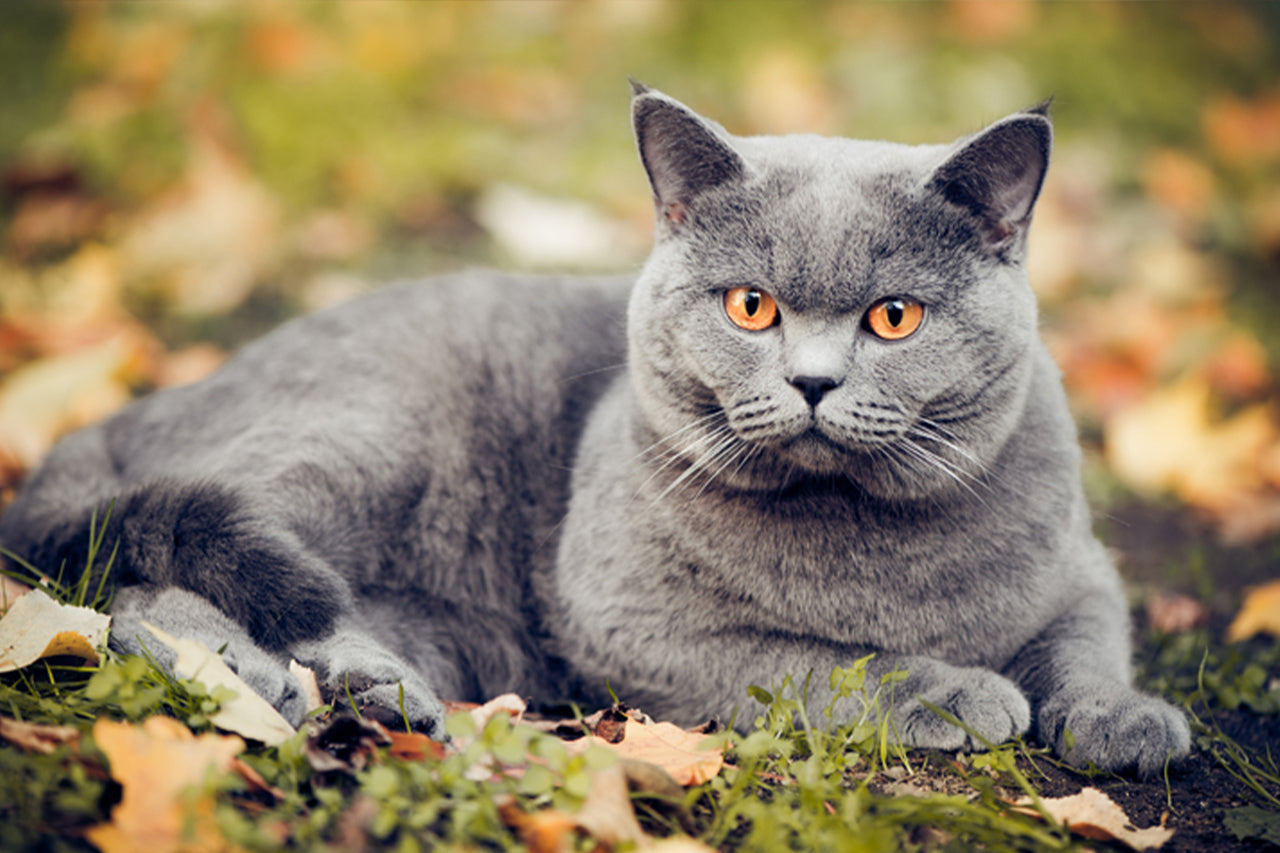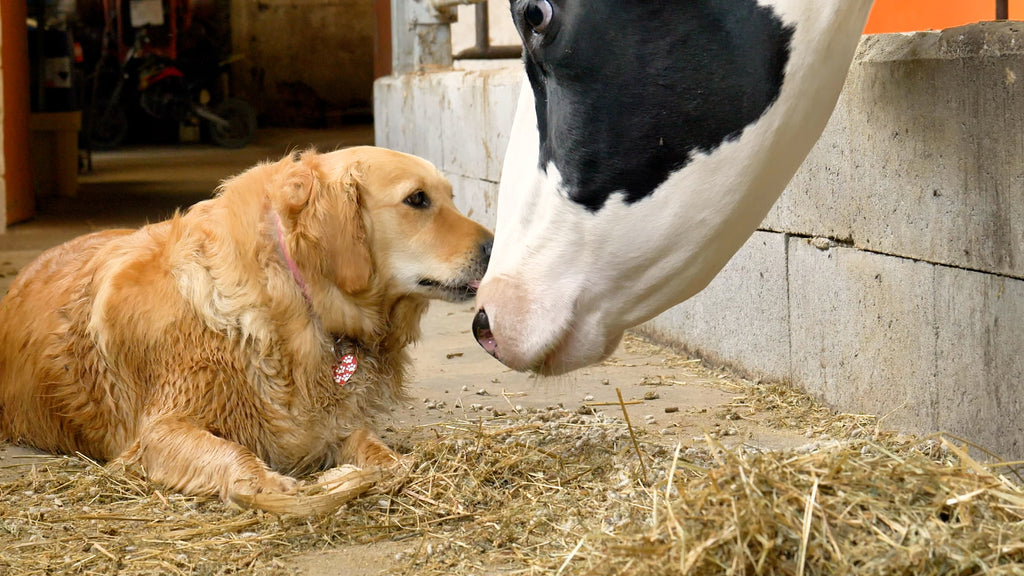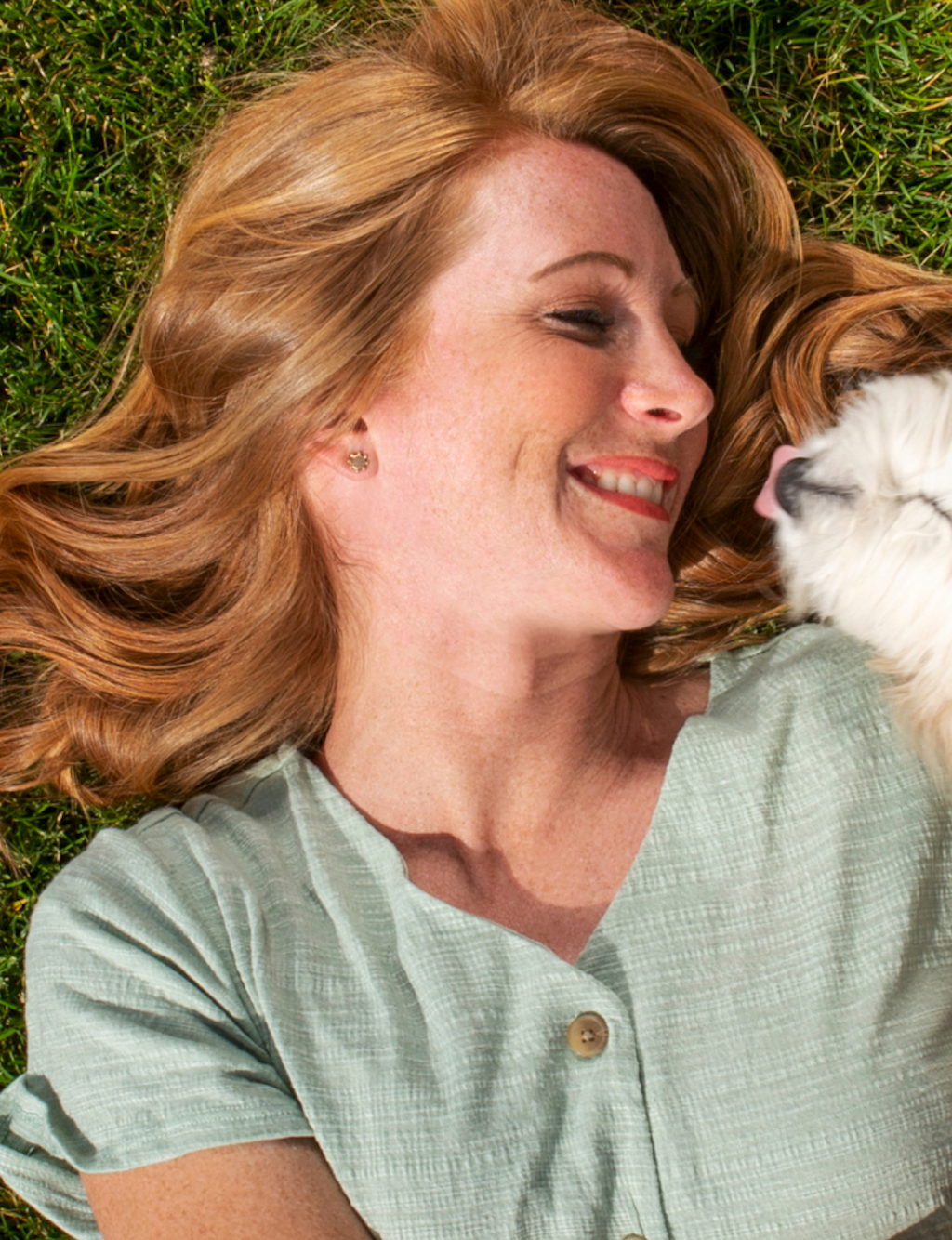
British Shorthair Cat Breed Guide
Summary
- Famous for their plush fur, round faces, and sturdy build.
- Expect an independent, yet deeply affectionate companion who fits right into family life.
- Even with that dense coat, a weekly brush is usually all it takes to keep them looking their best.
- These adaptable cats get along well with respectful kids and other pets.
- With good care, your British Shorthair can be your loving friend for an impressive 12 to 20 years.
- Watch Their Waistline! They adore food and lounging, so careful diet management is vital to prevent obesity.
Imagine a cat with the incredibly soft fur of a teddy bear, the dignified charm of a British aristocrat, and the easygoing, unwavering loyalty of your absolute best friend. Sounds good? That's pretty much the British Shorthair in a nutshell.
These captivating felines aren't just stunning to look at. They bring a unique blend of calm temperament, quiet affection, and distinctive looks that have truly stolen hearts all over the world. It’s no wonder they consistently rank among the most beloved cat breeds.
Ready to find out more? This comprehensive guide will help you discover exactly what makes the British Shorthair so special. We'll dive into their unique personalities, talk about their care needs, and show you just how seamlessly they can become a cherished part of your family. You’ll soon see why so many people choose a British Shorthair as their ideal feline companion.
Essential Breed Characteristics
Distinctive Physical Features: The Real "Teddy Bear" of Cats
A British Shorthair's look is iconic. You can spot one from across the room, and they truly live up to that "teddy bear" nickname.
Body Structure: These are solid, sturdy cats. They've got a broad chest, strong legs, and a medium to large frame that feels surprisingly heavy. Think "linebacker" of the cat world, built strong and robust.
Signature Look: The defining feature has to be that wonderfully round face with full, chubby cheeks. It gives them an eternally youthful, endearing expression. Their incredibly dense, plush double coat literally stands away from their body, feeling amazingly soft, almost like velvet. This thick coat also protected their ancestors from the elements.
Eye Colors: Most British Shorthairs have stunning, large, round eyes that are a deep copper or brilliant gold, beautifully contrasting their classic blue coats. Occasionally, you'll find captivating blue eyes, especially in color point varieties, or even rare "odd eyes".
Coat Colors: While the instantly recognizable British Blue (solid blue-gray) is the breed's hallmark, they come in over 30 amazing color variations and patterns. These include solid shades like lilac, chocolate, black, white, and cream, plus patterns like tabby, bicolor, tortoiseshell, calico, and color points.
What is a British Shorthair Cat’s Personality Like?
Beyond their captivating looks, a British Shorthair's temperament makes them an exceptional pet. They're often called the "British gentleman" or "gentle giant" of the cat world, and they certainly live up to it.
Temperament: They are known for their incredibly calm, serene, and dignified nature. Unlike more demanding breeds, British Shorthairs are genuinely undemanding and easygoing, preferring a peaceful home. They're affectionate, but they show it subtly. They'll happily sit near you, purr, or quietly follow you, enjoying your company without being overly clingy.
Activity Level: They aren't hyperactive, but British Shorthairs do enjoy playtime, especially as kittens. Adult British Shorthairs typically prefer short, focused play sessions and aren't known for climbing curtains. They're happier chilling on comfy spots closer to the ground.
Social Behavior: They form strong, loyal bonds with their families, often picking one or two favorite humans. Even though they're affectionate, they're not needy. They're content just being in the same room, supervising from a comfy chair, or napping nearby. This makes them ideal for busy folks who appreciate a loving companion who respects personal space.
Vocalization: These felines are among the quietest cat breeds. You won't hear constant meowing or yowling. They mostly express themselves with soft chirps, gentle trills, or deep, rumbling purrs. Their quiet demeanor adds to their calm presence.
What Are the Defining Facts of a British Shorthair?
A quick look at the British Shorthair's typical size and lifespan.
Size: They're one of the larger domestic cat breeds. Males usually weigh 12-17 lbs (5.4-7.7 kg), while females are 9-12 lbs (4.1-5.4 kg).
Lifespan: With proper care, they can live a remarkably long and healthy life, typically 12 to 20 years. That's a lot of cherished years together!
Origins: Their story dates back to 19th-century Great Britain, developed from local street and farm cats. Harrison Weir helped formalize them as a distinct breed, showcasing them at the first cat show in 1871.
Popularity: Their easygoing nature and striking looks have made them consistently rank among the top 5 most registered cat breeds worldwide.
Why Choose a British Shorthair?
British Shorthairs offer clear advantages, making them a fantastic choice for many cat owners.
How They Just Fit Right In
British Shorthairs truly shine in a family setting, adapting beautifully and bringing a wonderful sense of calm.
- Their patient nature generally means they get along well with kids, especially older, more considerate children who understand gentle handling.
- They are generally friendly and can coexist peacefully with other pets (dogs, other cats), provided they are introduced properly and gradually.
- Their independent streak means they don't demand constant attention. They're happy to be alone while you're away, making them ideal for busy individuals.
- Their calm, undemanding nature makes them exceptional companions, offering loving friendship without needing a ton of physical activity.
Less Work, More Love
A big perk of owning a British Shorthair is how relatively low-maintenance they are, especially regarding grooming and living needs.
- Grooming: Despite their dense, plush double coat, they're surprisingly easy. A weekly brushing with a slicker brush is usually enough. During seasonal shedding, a few extra sessions help manage loose fur and prevent hairballs.
- Space Needs: They adapt incredibly well to apartments and smaller homes. They aren't prone to destructive climbing or high-energy antics. They prefer lounging and quiet observation.
- Noise Level: They are among the quietest cat breeds. You won't hear constant meowing. Their calm nature extends to their soft vocalizations like chirps or purrs.
- Training: British Shorthairs are naturally very clean and quick to learn litter box habits. They are receptive to basic training with positive reinforcement.
British Shorthair Care Guide
Giving your British Shorthair the best care means they'll live a long, healthy, and happy life.
Nutrition & Diet: Stopping the "British Couch Potato" Phenomenon
Managing their diet is crucial, as they're prone to obesity.
- Common Issue: British Shorthairs love food, and their calm nature means they can easily gain too much weight. Obesity leads to serious health problems.
- Diet Recommendations: A high-quality, high-protein, moderate-fat diet is essential. Look for formulas that contain a high calorie intake. Wet food is often great for hydration and satiety.
- Feeding Tips: Measured meals are much better than free-feeding. Divide their daily allowance into two or three smaller meals. Interactive feeders or puzzle toys slow eating and provide mental exercise.
- Special Needs: As they age (7-10+ years), their metabolism slows. A senior formula helps manage weight and supports kidney health. Always ensure fresh, clean water is available for hydration.
Grooming & Hygiene: How to Keep That Plush Coat Perfect
Consistent grooming helps maintain their distinctive plush coat and overall hygiene.
Brushing: Their dense coat benefits from weekly brushing with a slicker brush to remove loose hairs and prevent mats. Daily brushing is needed during seasonal shedding to manage fur and prevent hairballs.
Bathing: They rarely need baths, being meticulous self-groomers. If needed, use cat-specific shampoo or dry shampoo for minor touch-ups.
Nail Care: Regular nail trimming every 2-3 weeks prevents overgrown claws, discomfort, and furniture damage. Introduce it early for a calm experience.
Dental Care: Daily teeth brushing with feline-specific toothpaste is ideal to prevent plaque and tartar buildup. Dental treats can help, but aren't a substitute. Professional dental cleanings might also be recommended by your vet.
What Should Every Owner Should Know About Their British Shorthair’s Health?
While generally robust, responsible owners should be aware of a few genetic issues.
Genetic Risks: The main genetic concern is Hypertrophic Cardiomyopathy (HCM), a heart disease. Reputable breeders screen for HCM via ultrasound. Always ask for these results.
Joint Health: Older British Shorthairs can be prone to arthritis. Maintaining a healthy weight is the best prevention. Watch for limping or reluctance to jump.
Other Preventable Issues: Their dense coats can lead to hairballs (regular brushing helps). They can also get urinary tract infections (UTIs); good hydration helps prevent these.
Preventative Care: Annual veterinary check-ups are essential for overall health, vaccinations, and parasite control. For seniors, more frequent checks and bloodwork are recommended to detect issues early. Maintaining an ideal body condition score (BCS) is crucial for preventing many health problems.
History & Background
How Did the British Shorthair Evolve?
The British Shorthair's journey from humble beginnings to a celebrated show cat is fascinating.
Ancient Roots: Their ancestors probably arrived in Britain with the Romans, used for rodent control. These working cats adapted, developing their dense, waterproof coats.
19th Century: By the 19th century, these "street cats" were common. Harrison Weir, a pioneer in the cat fancy, recognized their qualities, standardized the breed, and ensured their inclusion in the very first organized cat show in London in 1871.
WWII Impact: The breed faced near extinction during World War II due to food shortages. Outcrossing with other breeds (Persians, Russian Blues) was necessary to rebuild the population and solidify their characteristics.
Modern Era: Thanks to dedicated breeders, they made a strong comeback. Today, they are recognized globally for their resilience, adaptability, and charm.
What Makes a "True" British Shorthair?
For a British Shorthair to be recognized and shown, it must meet specific breed standards.
FIFe/CFA Standards: Organizations like FIFe and CFA have detailed rules for head shape (large, round), body type (cobby, muscular), coat texture (dense, plush), and eye color. Judges evaluate cats based on these standards.
Color Development: While blue remains most popular, breeders have meticulously worked to introduce and stabilize the vast array of colors and patterns seen today through careful selective breeding.
Show Quality vs. Pet Quality: "Show quality" cats meet standards for competition. "Pet quality" cats might have minor deviations but are equally healthy, well-socialized, and make wonderful companions.
Frequently Asked Questions
Are British Shorthairs hypoallergenic?
No, they shed moderately and produce the Fel d 1 protein allergen found in cat dander and saliva. If you're allergic to cats, a British Shorthair is likely to trigger your allergies.
How much exercise do they need?
They have moderate exercise needs. About 15-20 minutes of active playtime daily, broken into short sessions, is usually enough. They love chasing wand toys, laser pointers (ensure a physical toy reward!), or playing with puzzle feeders.
Why are kittens so much more active than adults?
Like all young animals, British Shorthair kittens naturally have higher energy and curiosity. The calm, laid-back adult demeanor typically emerges as they mature, usually around 3 to 5 years of age. Patience during their kitten phase is key!
Is the British Shorthair Right for You?
The British Shorthair's unique combination of striking "teddy bear" looks, an incredibly adaptable and calm personality, and surprisingly manageable care needs makes them an outstanding pet for all kinds of lifestyles. Their dignified demeanor, coupled with their quiet affection, offers a comforting presence without being overly demanding.
Whether you're a busy professional looking for an independent yet loving companion, a family with gentle children wanting a harmonious addition, or a senior desiring a peaceful and devoted friend, the British Shorthair could very well be your perfect feline match. Their robust health and impressive lifespan mean you'll have a loyal companion by your side for many, many years to come.




























